
What Are Portholes, and Why Are They Used On Cows?
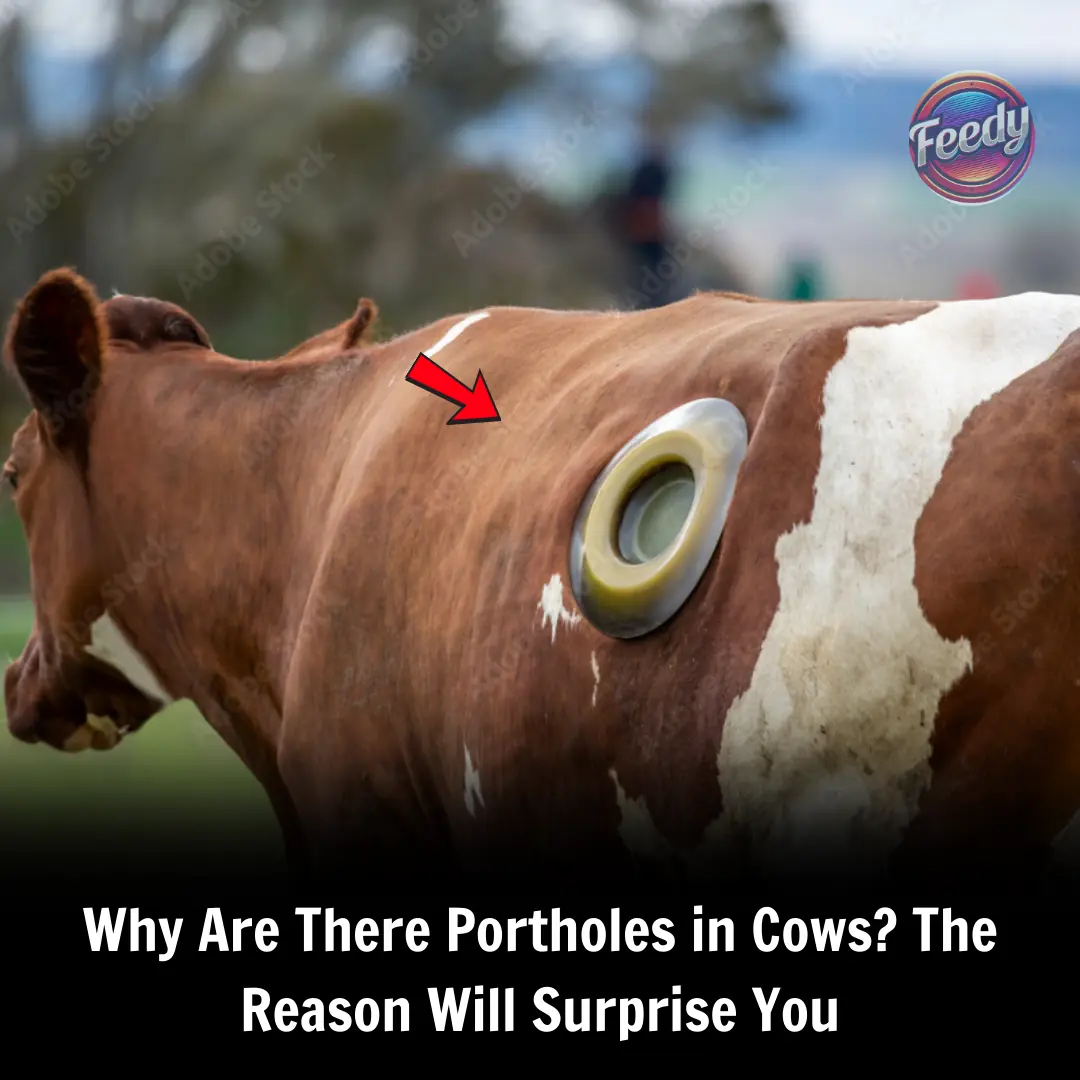
When most people hear the word portholes, they picture small round windows on ships or airplanes. But in the world of agriculture and science, portholes appear in a far more unexpected place—on cows.
Yes, cows.
For nearly a century, researchers and farmers have been fitting cows with porthole-like openings in their sides, granting direct access to the animals’ stomachs. This practice, while largely hidden from public view, plays a critical role in agricultural research and food production. But it also raises major ethical concerns.
Here’s everything you need to know about cow portholes—what they are, why they exist, and why they remain deeply controversial.
What Is a Cow Porthole?
Known in scientific terms as cannulas or fistulas, these portholes are surgically created openings that lead directly into a cow’s rumen (the largest of its four stomach compartments). The hole is usually fitted with a plastic or rubber ring to keep it accessible for researchers.
Rather than repeatedly sedating the animal for tests or surgeries, scientists use the porthole to observe digestion, collect samples, and even introduce different feeds directly into the stomach. It’s a tool designed for efficiency—but one that brings ethical questions to the surface.
A Practice Rooted in the 1920s
The first documented use of cow fistulation dates back to the 1920s. Scientists wanted a way to better understand how cows digest food. With direct access to the rumen, they could collect partially digested material, gases, and microbes to analyze digestion in real time.
Over the decades, this technique became standard in livestock research, especially for studies focused on feed efficiency, digestion, and reducing environmental impacts.
Why Do Scientists Use Cow Portholes?
The primary goal is to optimize cattle nutrition and reduce agricultural emissions. By studying how different feeds are digested, researchers can design diets that promote better milk production, minimize digestive issues, and even cut down methane output—a major contributor to greenhouse gases.
This kind of research also helps in developing alternatives to antibiotics and understanding how different nutrients affect overall animal health.
Do Portholes Harm the Cow?
While the idea may seem alarming, scientists claim that cows with portholes generally live longer, healthier lives than standard cattle. After a recovery period of four to six weeks, these cows reportedly go on to live normal lives—some reaching up to 12 or 15 years.
The initial surgery does carry some risk and discomfort, but proponents argue that, once healed, the cow experiences little to no ongoing pain.
Environmental and Agricultural Benefits
With global concerns about food production and sustainability rising, porthole research has played a role in increasing productivity while reducing environmental damage.
By fine-tuning livestock diets, farmers can produce more milk using less feed, while also limiting harmful emissions like methane and nitrate runoff. This makes the practice valuable in the context of climate-focused agriculture.
Ethical Concerns and Public Backlash
Despite its benefits, the practice is widely criticized by animal rights groups. Organizations like L214 in France have described the technique as cruel and unnecessary. They argue that the procedure reduces animals to tools, prioritizing industrial gain over animal welfare.
Petitions and protests have called for the practice to be banned, especially when it is displayed to the public.
Are There Alternatives?
Yes—and they’re improving. Advances in technology have led to lab-based digestion simulators, which mimic the conditions of a cow’s rumen without using a live animal. While promising, these models can’t yet replicate all aspects of a living digestive system.
As of now, many researchers still believe live animal studies are necessary for certain types of research, though alternatives are growing more viable each year.
A Public Spectacle at Agricultural Events
In some countries, cows fitted with portholes are even featured at agricultural fairs. Visitors are invited to touch the contents of a cow’s stomach to better understand how digestion works. While intended as an educational experience, these demonstrations have sparked outrage from animal advocates, who see it as a degrading spectacle.
Balancing Ethics and Science
The use of portholes in cows underscores a broader debate: How far should we go in the name of scientific progress and food production? While advocates see it as a powerful tool for improving animal health and agricultural sustainability, critics question whether the practice is ever truly humane.
The Bottom Line
Cow portholes remain a symbol of the complex intersection between science, ethics, and agriculture. While they’ve contributed significantly to modern livestock management, they continue to draw attention and criticism.
As technology evolves and public awareness increases, the agricultural world may eventually move toward less invasive alternatives. Until then, the debate around this controversial practice will continue to challenge how we balance progress with compassion.
News in the same category

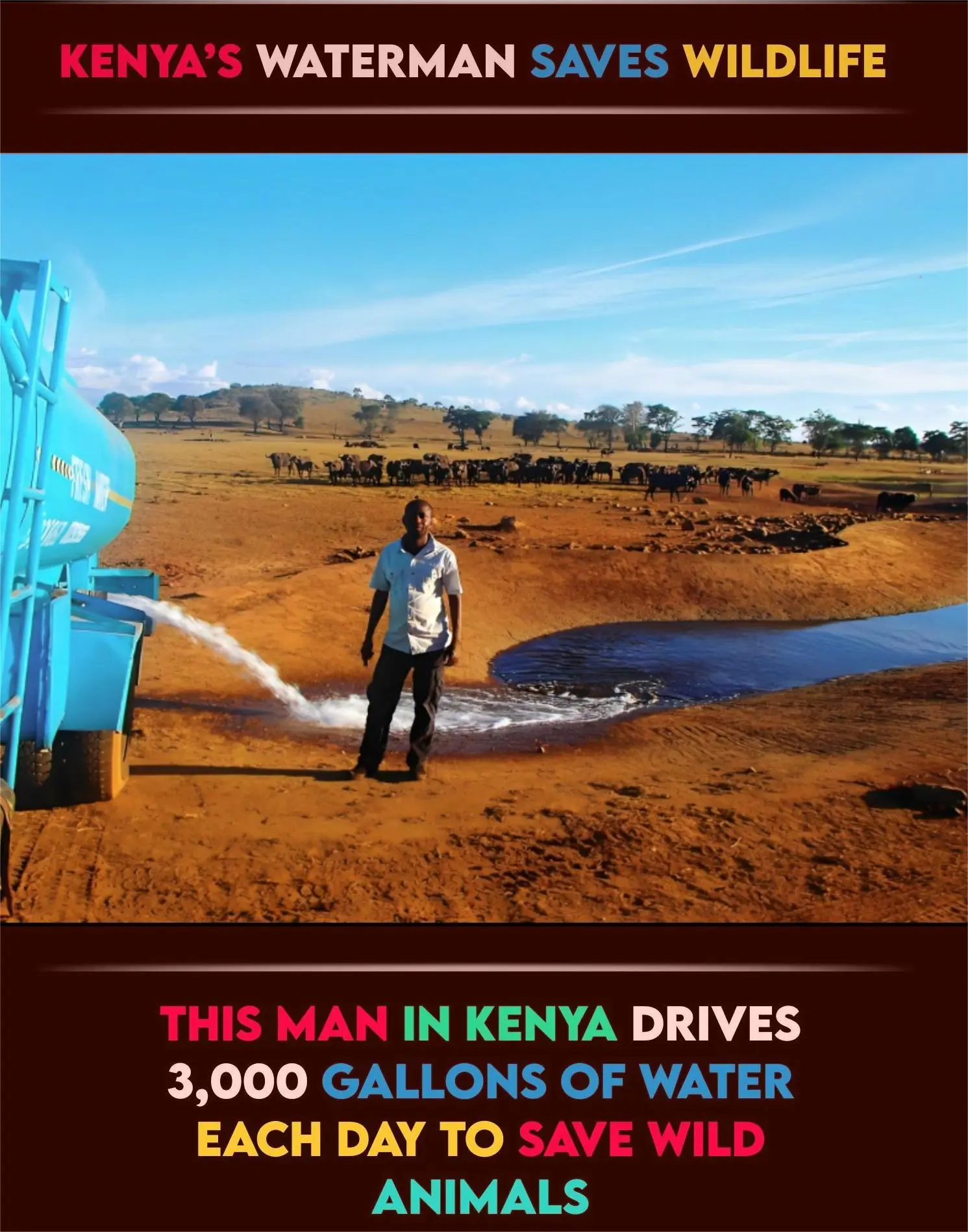
Patrick Kilonzo Mwalua: The “Waterman of Tsavo” Who Brought Life to Kenya’s Wildlife

Horror Film Verónica Sparks Intense Reactions Among Viewers

Parents of OC teen sue OpenAI, claiming ChatGPT helped their son die by suicide

This is what really happens during cremation, and it’s not pretty

7 Common Struggles Children of Narcissists Talk About the Most

48 Years Since Humanity Reached for the Stars: Honoring the Launch of Voyager 2

The Bizarre “Hitman Chain” Case in China: A Murder-for-Hire Gone Wrong

Taylor Swift and Travis Kelce Delight Fans With Engagement Announcement

Woman’s heartache after tragic car crash kills husband and children

It’s been a rough few years for Simon Cowell

Spain’s Vortex Bladeless Reinvents Wind Power with Blade-Free Turbines

Even the flies thought he was dead – his amazing recovery will make you cry

More people are dying from heart failure, doctors warn: give up these 4 habits now

‘Mutant deer’ with bubble skin sparks outbreak fears in US

Cat, who ran into burning building five times to save her babies, is honored

Study Finds Fathers’ Involvement Key to Boosting Children’s Academic Success

“Nobody noticed”: 9-year-old lived alone for 2 years, fed himself, and kept good grade

Bear Caesar is finally free after having spent years locked in a torture vest

Oxford Scientists Create “Superfood” to Save Honeybees From Collapse
News Post
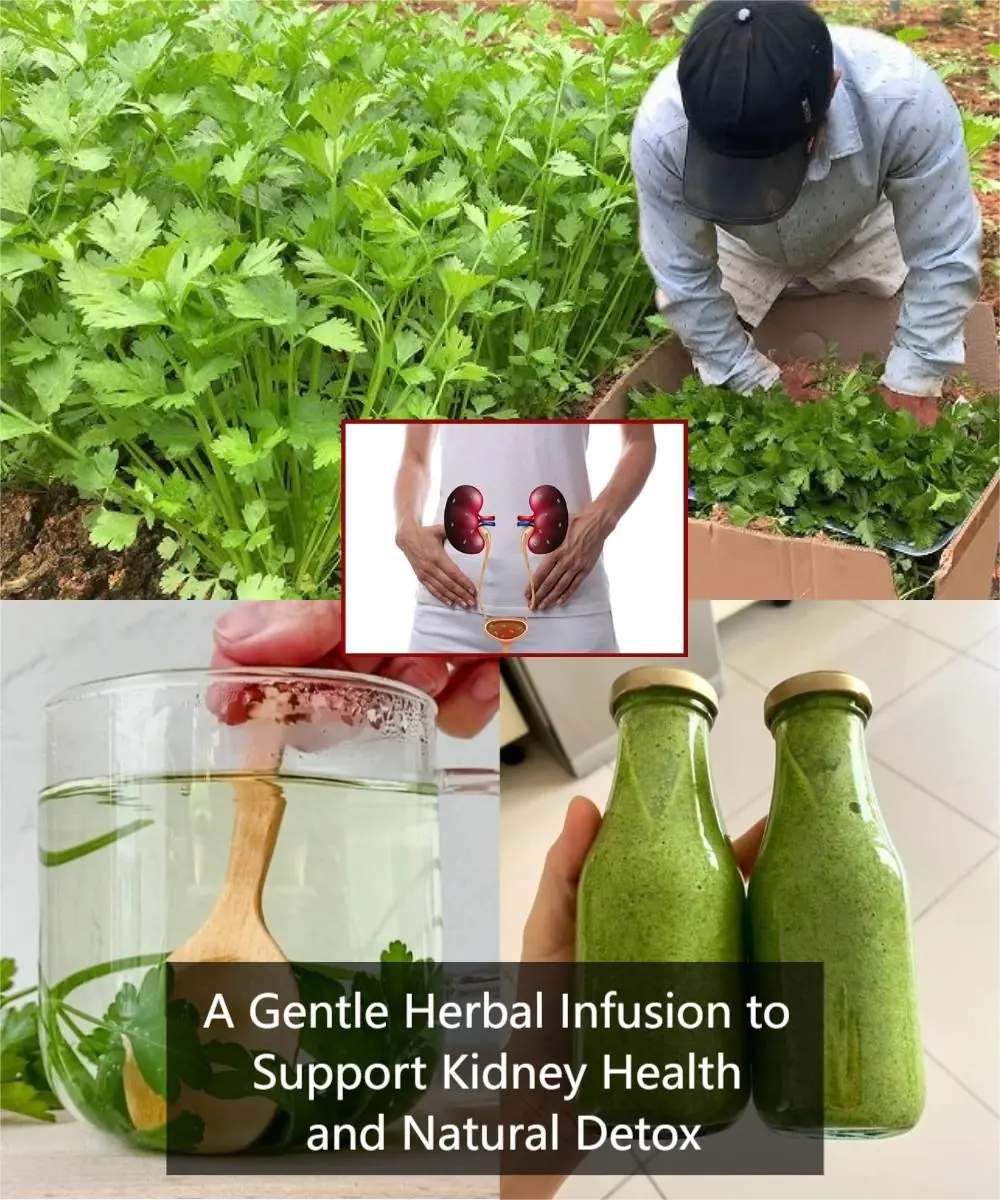
A Gentle Herbal Infusion to Support Kidney Health and Natural Detox

🌿 3 Nourishing Drinks to Support Leg Strength, Circulation & Comfort After 60

Warning Signs in Your Eyes: When to Seek Urgent Medical Attention
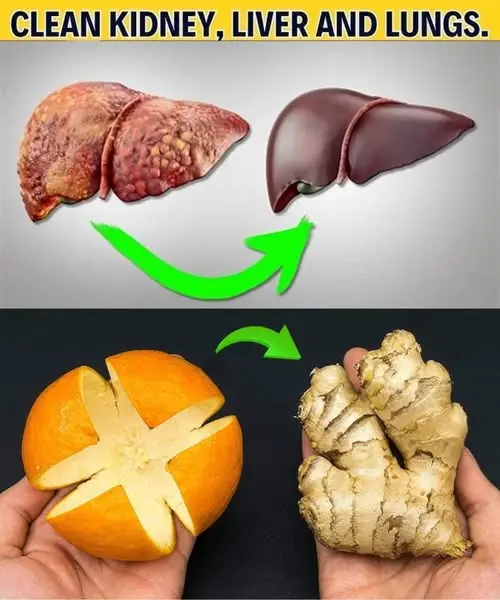
Flush Out Toxins Naturally: Support Your Kidneys, Liver, and Lungs for Vibrant Health
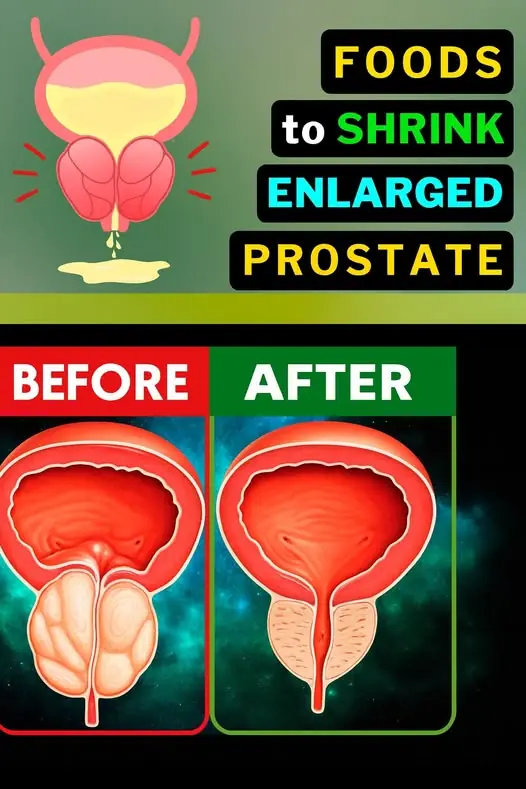
8 Common Foods That May Harm Prostate Health – And What to Choose Instead

Brazil Deploys AI “Tree-Hugging” Devices to Combat Illegal Logging in the Amazon
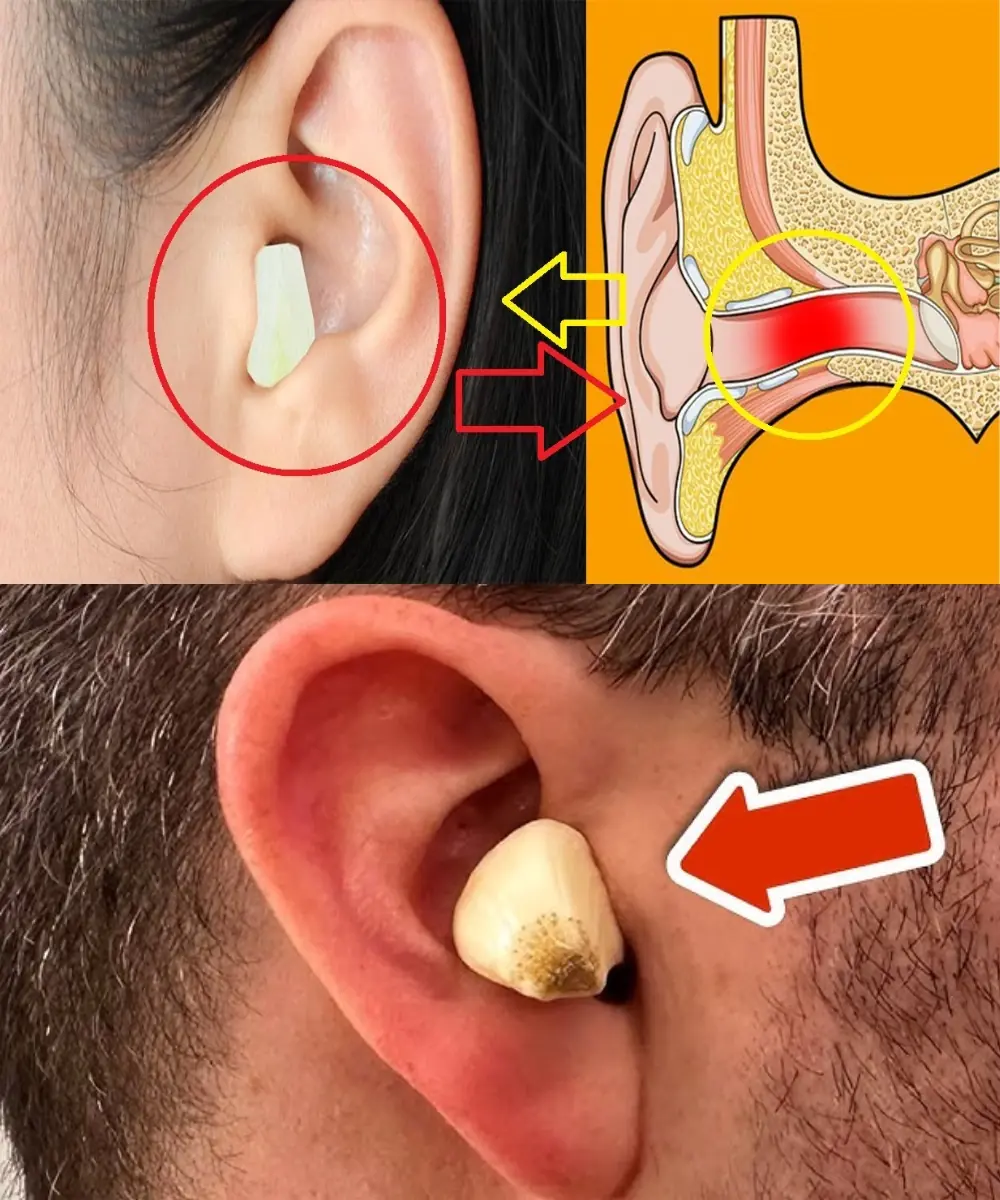
Garlic and Onion: The Natural Secret to Better Hearing

8 Shocking Signs of Pancreatic Cancer You Shouldn't Ignore

Onions: The Hidden Superfood Every Man Needs for a Healthier Prostate
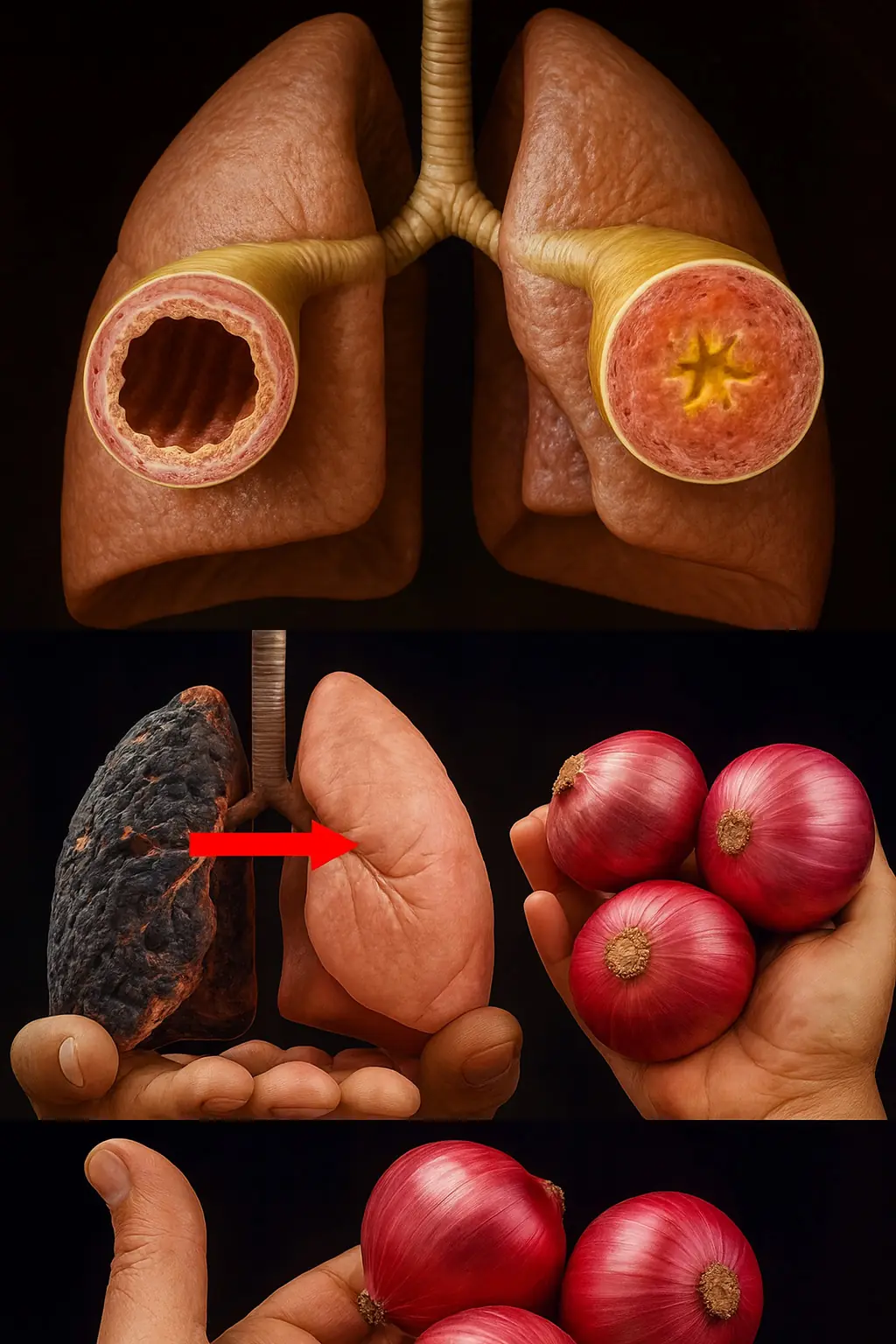
Unlock the Secret to Clear Lungs: The Astonishing Power of Onions
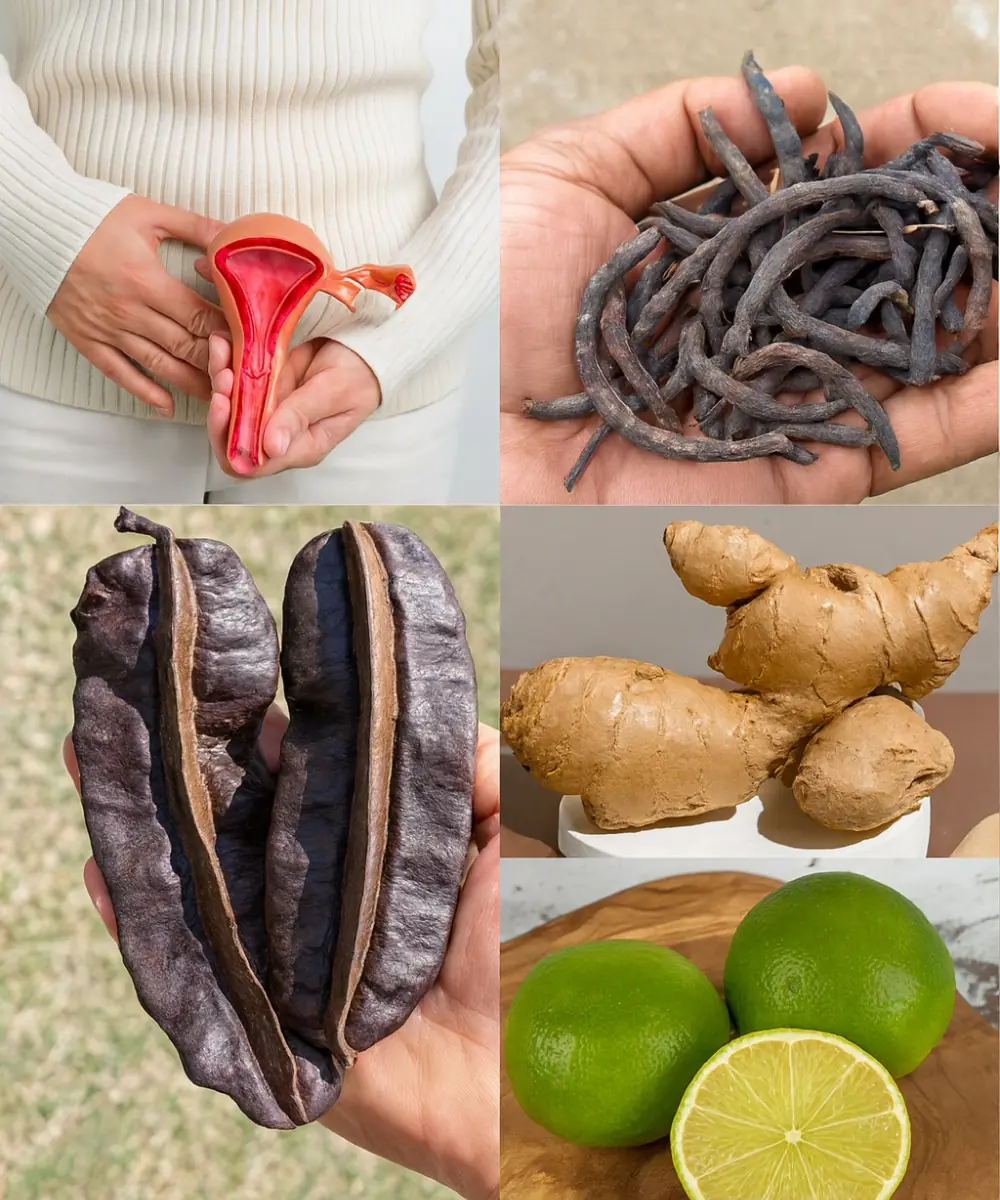
Unleash Your Inner Vitality with Gbogbo Nise: Nature’s Ultimate Wellness Elixir 🌿

Patrick Kilonzo Mwalua: The “Waterman of Tsavo” Who Brought Life to Kenya’s Wildlife
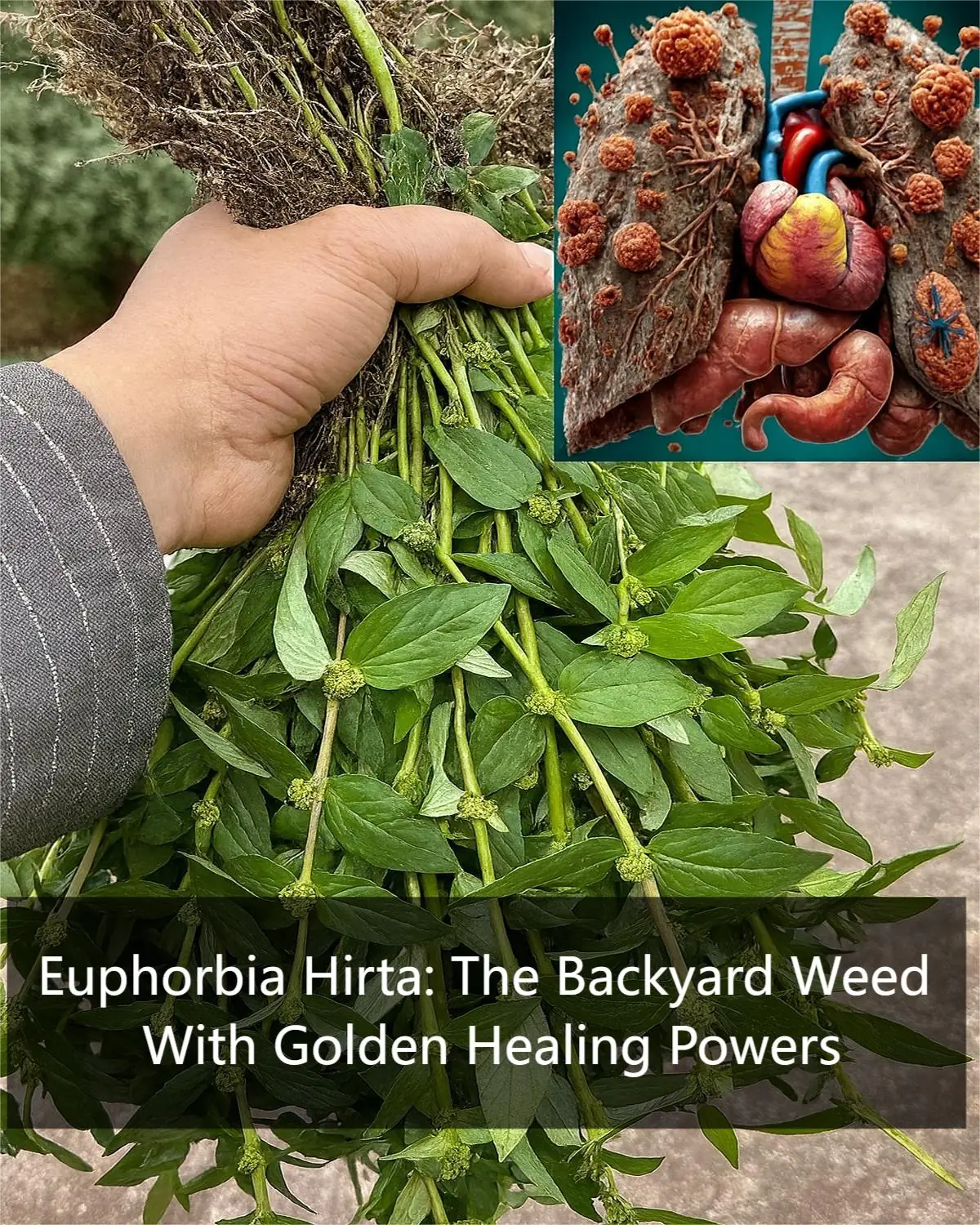
Euphorbia Hirta: The Backyard Weed With Golden Healing Powers

🧁 Beach-Themed Vanilla Cupcakes Recipe

Horror Film Verónica Sparks Intense Reactions Among Viewers
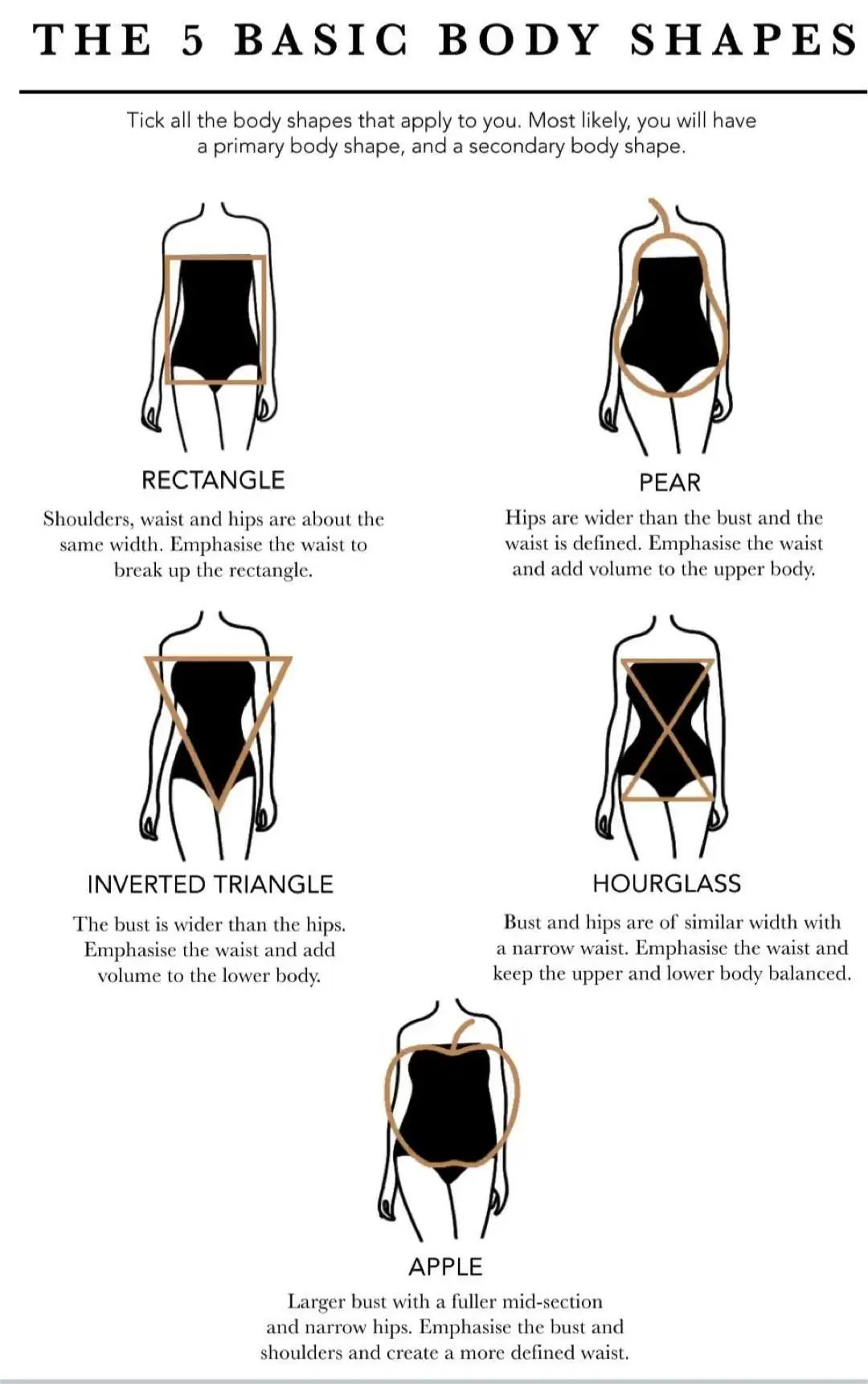
What Body Shape Are You? Easy Steps to Identify It

Germany’s Cartilage Repair Gel: Hope, Hype, and the Future of Joint Regeneration

Bioengineered Heart Patch Could Transform Treatment for Heart Failure

UCLA Scientists Unveil PP405 Molecule as Potential Breakthrough in Hair Regrowth
